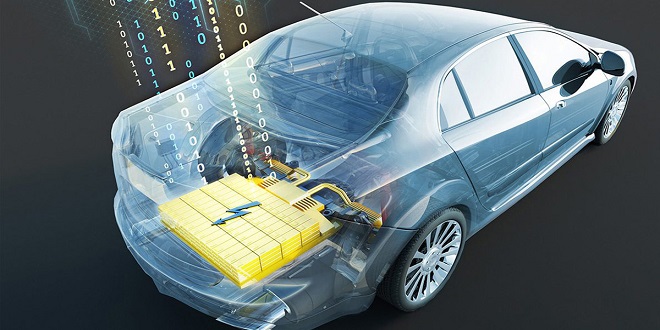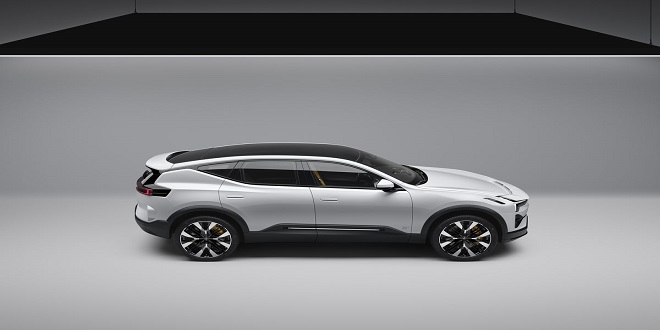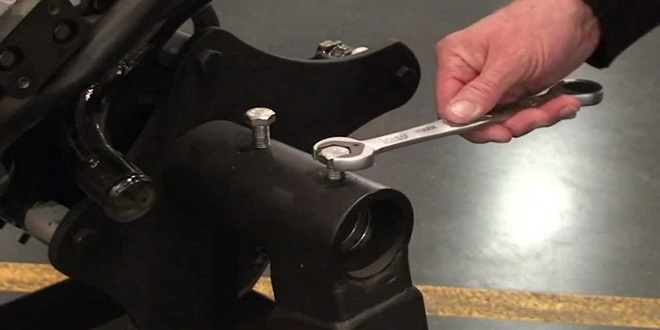Development of the automobile electrical system

Electric ignition employs a coil that was developed by Ruhmkorff in 1851. In 1866, Karl Benz used a type of magneto that was belt-driven. He found this to be unsuitable though, owing to the varying speed of his engine. He solved the problem by using two primary cells to provide an ignition current.
In 1889, Georges Bouton invented contact breakers for a coil ignition system, thus giving positively tuned ignition for the first time. It is arguable that this is the ancestor of the present-day ignition system. Emile Mors used electric ignition on a low-tension circuit supplied by accumulators that were recharged from a belt-driven dynamo.
This was the first successful charging system and can be dated to around 1895. The now formidable Bosch empire was started in a very small way by Robert Bosch. His most important area of early development was in conjunction with his foreman, Fredrich Simms when they produced the low-tension magneto at the end of the nineteenth century. Bosch introduced the high-tension magneto to almost universal acceptance in 1902.
The ‘H’ shaped armature of the very earliest magneto is now used as the Bosch trademark on all the company’s products. From this period onwards, the magneto was developed to a very high standard in Europe, while in the USA the coil and battery ignition system took the lead. Charles F.
Kettering played a vital role in this area working for the Daytona electrical company (Delco), when he devised the ignition, starting, and lighting system for the 1912 Cadillac. Kettering also produced a mercury-type voltage regulator. The third-brush dynamo, first produced by Dr Hans Leitner and R.H. Lucas, first appeared in about 1905.
This gave the driver some control over the charging system. It became known as the constant current charging system. By today’s standards this was a very large dynamo and could produce only about 8 A. Many other techniques were tried over the next decade or so to solve the problem of controlling output on a constantly varying speed dynamo. Some novel control methods were used, some with more success than others.
For example, a drive system, which would slip beyond a certain engine speed, was used with limited success, while one of my favorites had a hot wire in the main output line which, as it became red hot, caused current to bypass it and flow through a ‘bucking coil to reduce the dynamo field strength.
Many variations of the ‘field warp’ technique were used. The control of the battery charging current for all these constant current systems was poor and often relied on the driver to switch from high to low settings. In fact, one of the early forms of instrumentation was a dashboard hydrometer to check the battery state of charge! The two-brush dynamo and compensated voltage control unit were used for the first time in the 1930s.
This gave far superior control over the charging system and paved the way for the many other electrical systems to come. In 1936, the much-talked-about move to positive earth took place. Lucas played a major part in this change.
Last word
It was done to allow reduced spark plug firing voltages and hence prolong electrode life. It was also hoped to reduce corrosion between the battery terminals and other contact points around the car.
At Samsclub, membership benefits include access to exclusive deals and early access to promotions. Members can enjoy special discounts on a wide range of products, from groceries to electronics. By becoming a member, you can take advantage of the savings and offers that are not available to non-members. Early access to promotions allows you to be the first to know about upcoming sales and events, giving you a head start on securing the best deals. With these exclusive benefits, Samsclub membership offers great value for those looking to save money on everyday purchases.





